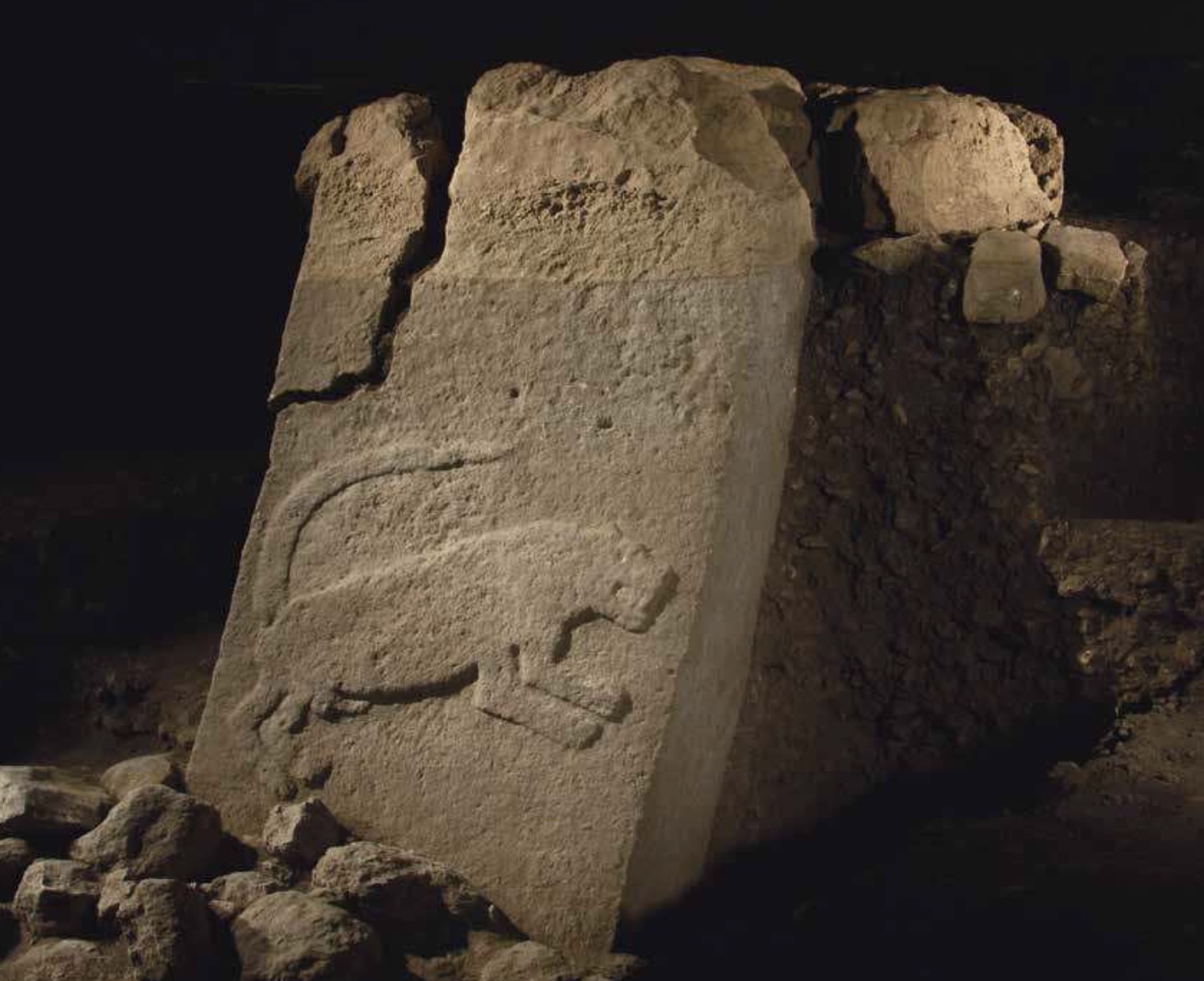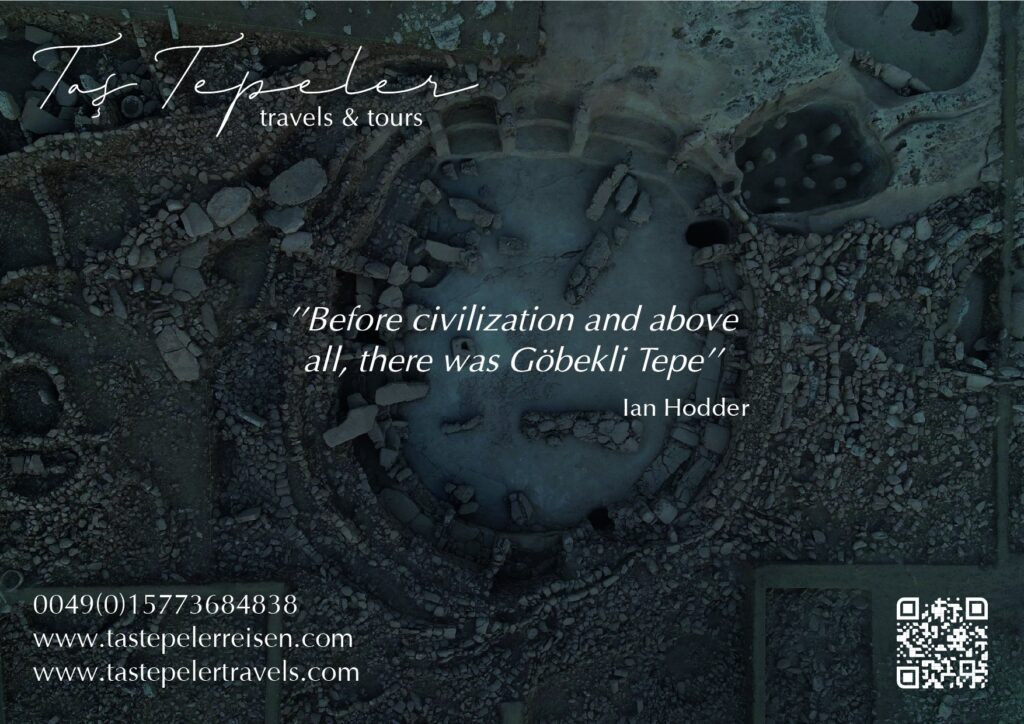
Göbekli Tepe is regarded as one of the oldest temples of the humanity according to archaeologs. In this work, by going back twelve thousand years, we will attempt both to provide information about this structure and to make interpretations by highlighting the theological and philosophical associations of this structure. In our study, we will examine Göbekli Tepe not from the perspective of archaeology and history of art but from that of philosophy of religion and religious symbolism. In our research, we benefit from the data of archeology and historical geography. The basic aim of this search is archaeological data that is obtained in the region and to evaluate these datas based on the historical geography and the history of religions. When it is, we have interpreted according to language of religion and religious symbolism. As a result, contrary to popular belief, we saw important reasons Göbekli Tepe area that is sacred structures, the people of the Stone Age is not primitive and faith is as old as humanity. We have reached the conclusion that must be rethought the development of human civilization on the Göebekli Tepe Temples. Our main objective is to connect Göbekli Tepe with philosophical and theological literature and to propose a method and subject as to how to accomplish this. Thus, our study is just an attempt at interpretation.


